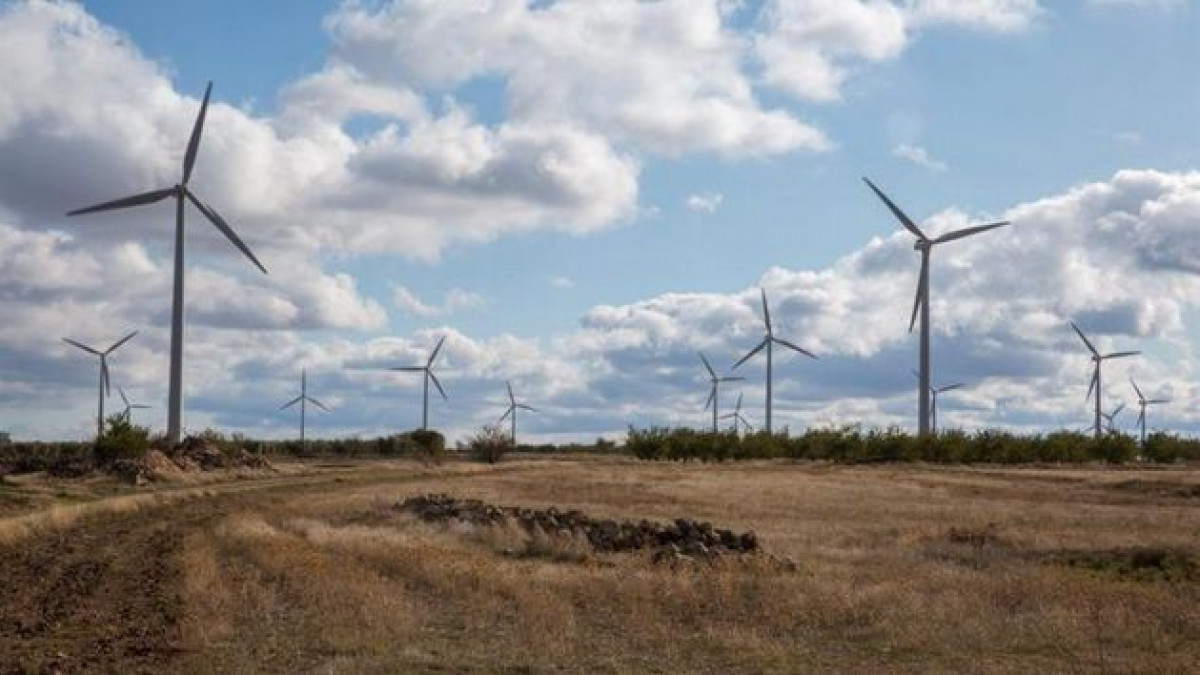Green investments: from praiseworthy to imperative
Juan E. Notaro
Executive President of FONPLATA – Development Bank
As it has already happened with energy and transport, sustainable finance is also proving to be profitable
A few years ago, it was almost an oxymoron to talk about green investments. It was fine to take care of the planet, but it was a kind of a delusion to imagine that it was possible to make money by supporting ecological principles.
Nonetheless, while I write these lines, the term hits about 21 million results in a web search engine, and there is an increasingly bigger array of every kind of financial instruments that aim exactly at conciliating both things.
It is also true that at the beginning of this century alternative energy sources to fossil fuels were unaffordable, electrical cars were science fiction stuff, and to invest in sustainability was more about philanthropy than about return on investment.
The general perception in the investors’ community was that those efforts were praiseworthy, but not profitable at all.
Nonetheless, there was progress in technology, some governments and corporations were committed to look for new options, and climate change and its consequences became more visible. Therefore, things started to change.
In fact, things have changed so much, that in the last 14 years, the so-called green bond market has had an average annual growth rate of about 95%, and it reached its most substantial milestone yet in December 2020, with USD 1 trillion in cumulative issuance[1].
Even if in other fields the terms “green”, “sustainable” or “ecological” mean an important price difference when compared to the “regular” product, in the case of green bonds there is no such difference, as they usually have the same price as regular bonds.
Therefore, to invest in green bonds is the same as to invest in any other bonds, but with an additional component, and with significant benefits for both issuers and investors.
Although they require more work than “regular” bonds (I will come back to this later), issuers have the advantage of being able to “show off” their green assets, improve their reputation, and diversify their investors base.
Additionally, investors have the advantage that the requirements of transparency and proper use of funds are much more rigorous. In fact, investors, themselves, are paying much more attention to their investment’s final destination.
And they pay even more attention to their real impact on the problems they aim to solve (or reduce). Thus, green bonds require a much closer monitoring of the use of funds and a careful effort to report results. That is why they demand more work.
Likewise, ecological organizations and civil society keep a much stronger eye on this type of investments, so that they do not become just a public relations exercise to improve the reputation of investors and corporations (the so-called greenwashing).
That is why issuers devote great efforts to designing instruments that truly contribute to sustainability and that do not become just a label to improve the appearance of investment portfolios.
There is no doubt that a key moment for this upturn of green investments was the Climate Summit in Paris (2015)[2]. Naturally, the commitments the world assumed to take care of the planet had an impact on the financial world.
Basically, the investors’ community realized that long-term investment did not make any sense if the long-term health of the planet and human survival were not guaranteed.
It is a global effort to which central banks, development banks, and private banks, as well hundreds of governments in the world are committed. Green finances have come to stay and make more sense every day.
In fact, the clauses related to sustainability and climate change mitigation are practically standard in almost all loan agreements in development banks in Latin America and the world.
In the current context, in spite of the devastating consequences for millions of families in the world, the necessary post-COVID recovery opens new horizons to imagine the construction of a greener and more sustainable new economy.
It is not about having options when investing any more. It is about reality imposing itself and forcing investors to look far beyond sheer return and focus on their social and environmental impact, without neglecting yield.
In other words, it is possible to protect the environment and, at the same time, get financial benefits. Green investments were praiseworthy, but now, for the sake of humanity, they are an absolute imperative.
Text originally published in the monthly column of Huffington Post.
Other consulted sources [3] [4]
[1] Climate Bonds Initiative (2021). Explaining Green Bonds: https://www.climatebonds.net/market/explaining-green-bonds
[2] United Nations Climate Change (2021). The Paris Agreement: https://unfccc.int/process-and-meetings/the-paris-agreement/the-paris-agreement
[3] FORBES (MX) (2021). Inversión verde crece en Latinoamérica (Green investment grows in Latin America - Website): https://www.forbes.com.mx/inversion-verde-crece-en-latinoamerica-como-plan-de-supervivencia/
[4] BBC Mundo (2020). Ganar dinero y descontaminar el planeta (Making money and cleaning up the planet - Website): https://www.bbc.com/mundo/noticias-55255101
07/16/2021

